
In partnership with the Civil Society Unit and the Academic Impact Initiative of the
United Nations Department of Global Communications
Homepage | Interactive Program | Presentations | Published Papers | Side Events | Concept Note | Planning | Volunteer | FAQ
All conference presentations will run a total of 30 minutes: 20 minute for the presentation and 5 minutes for a Q/A. The presentations can be given in English, Spanish, or French and answer the question: “Why it Matters”. Some presentations have been prerecorded.
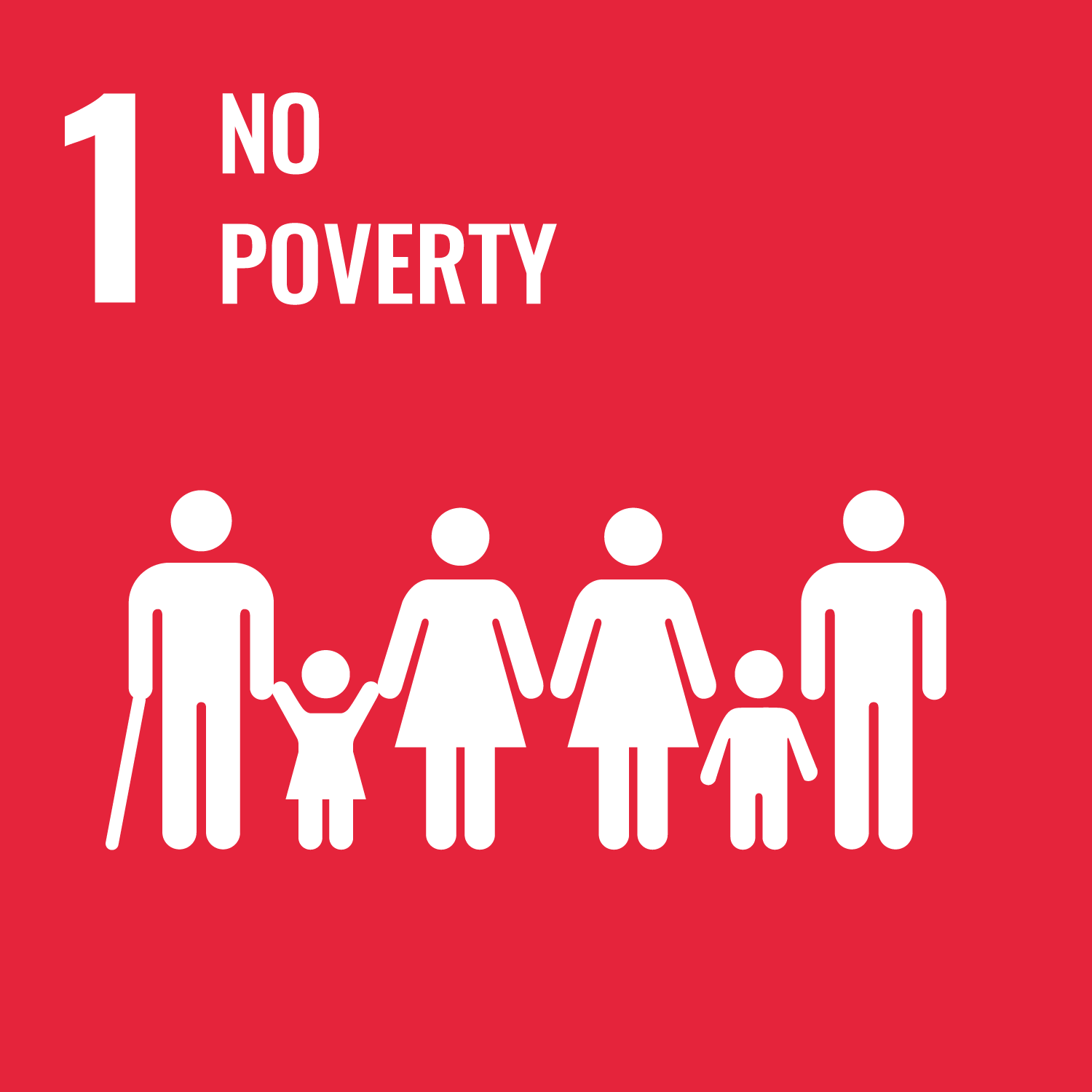 |
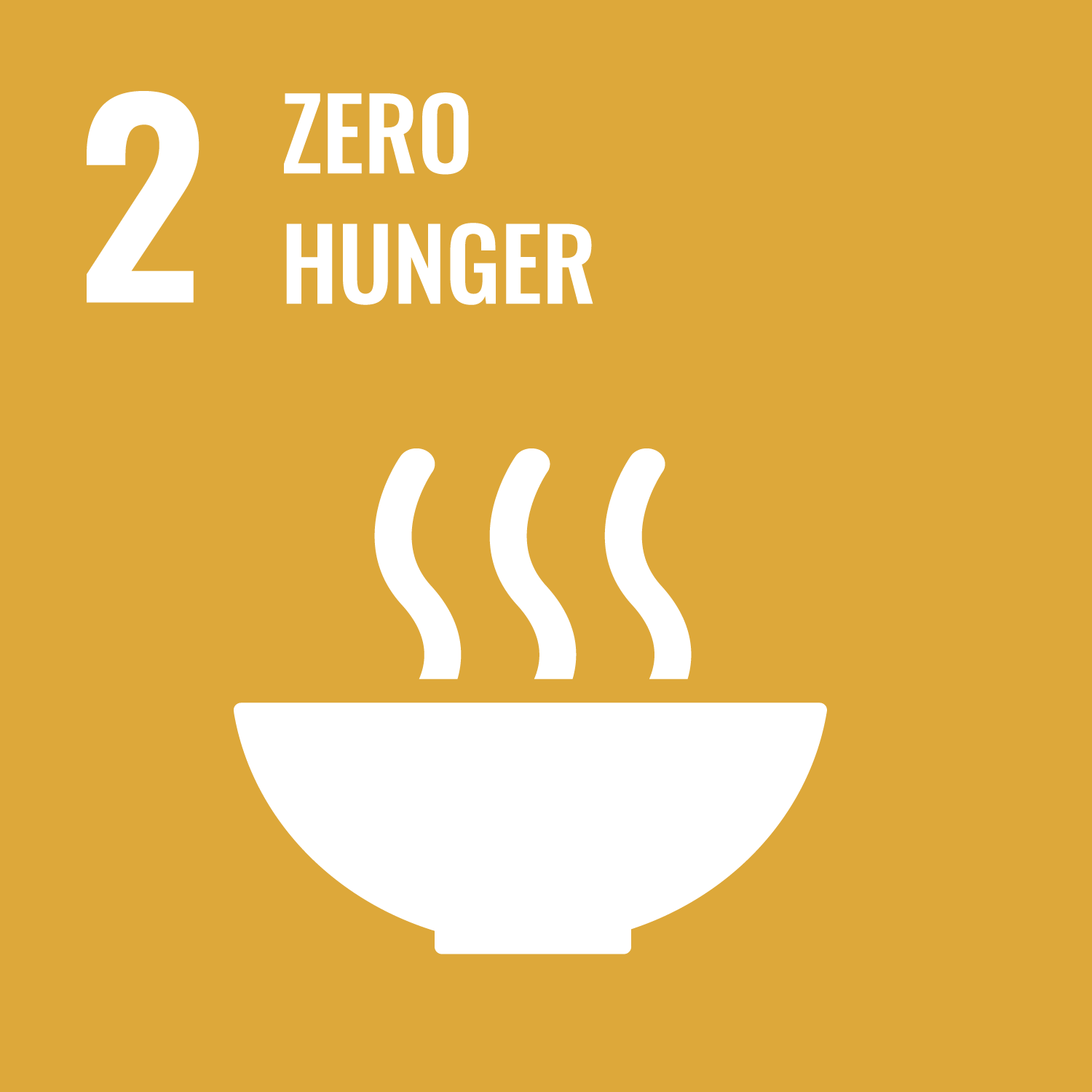 |
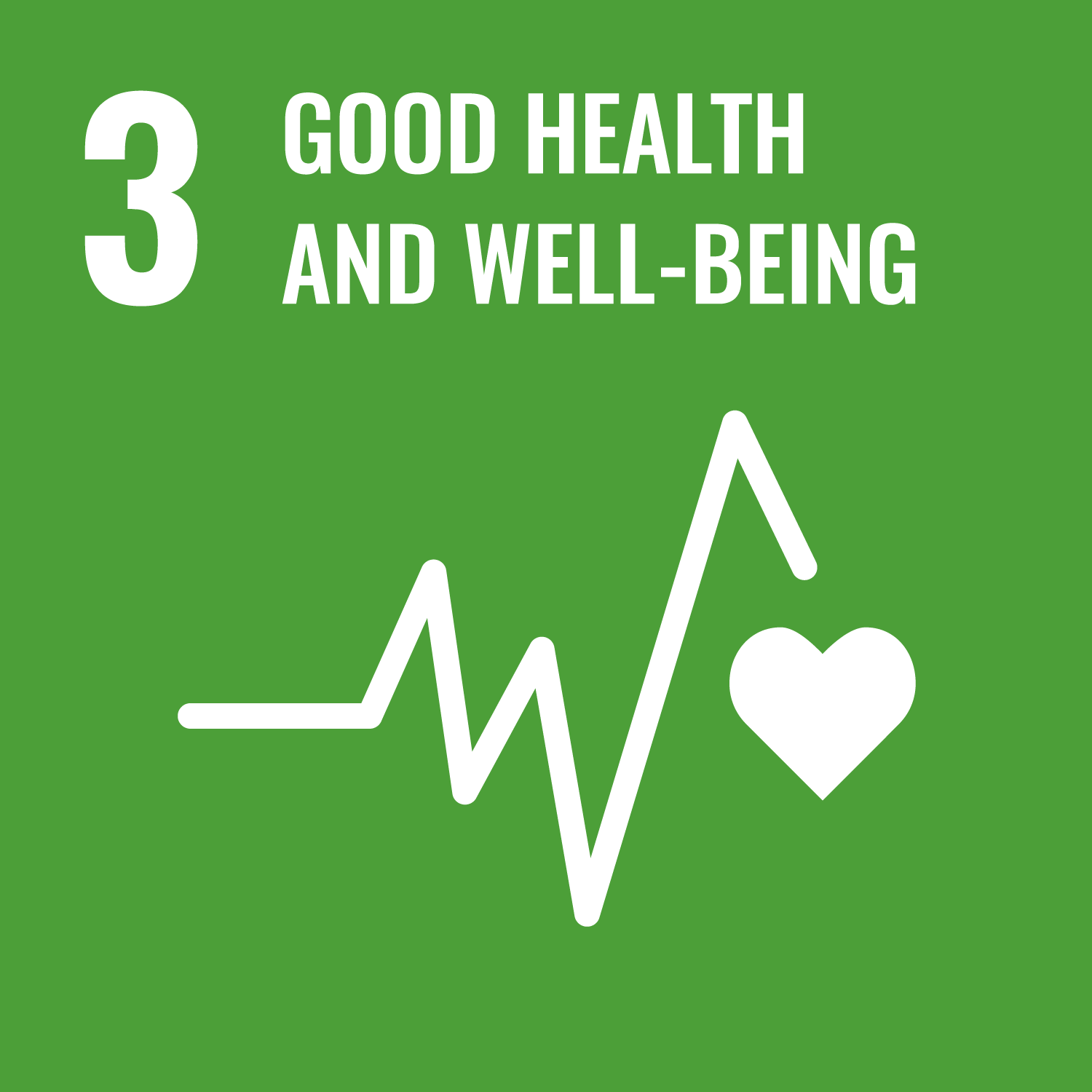 |
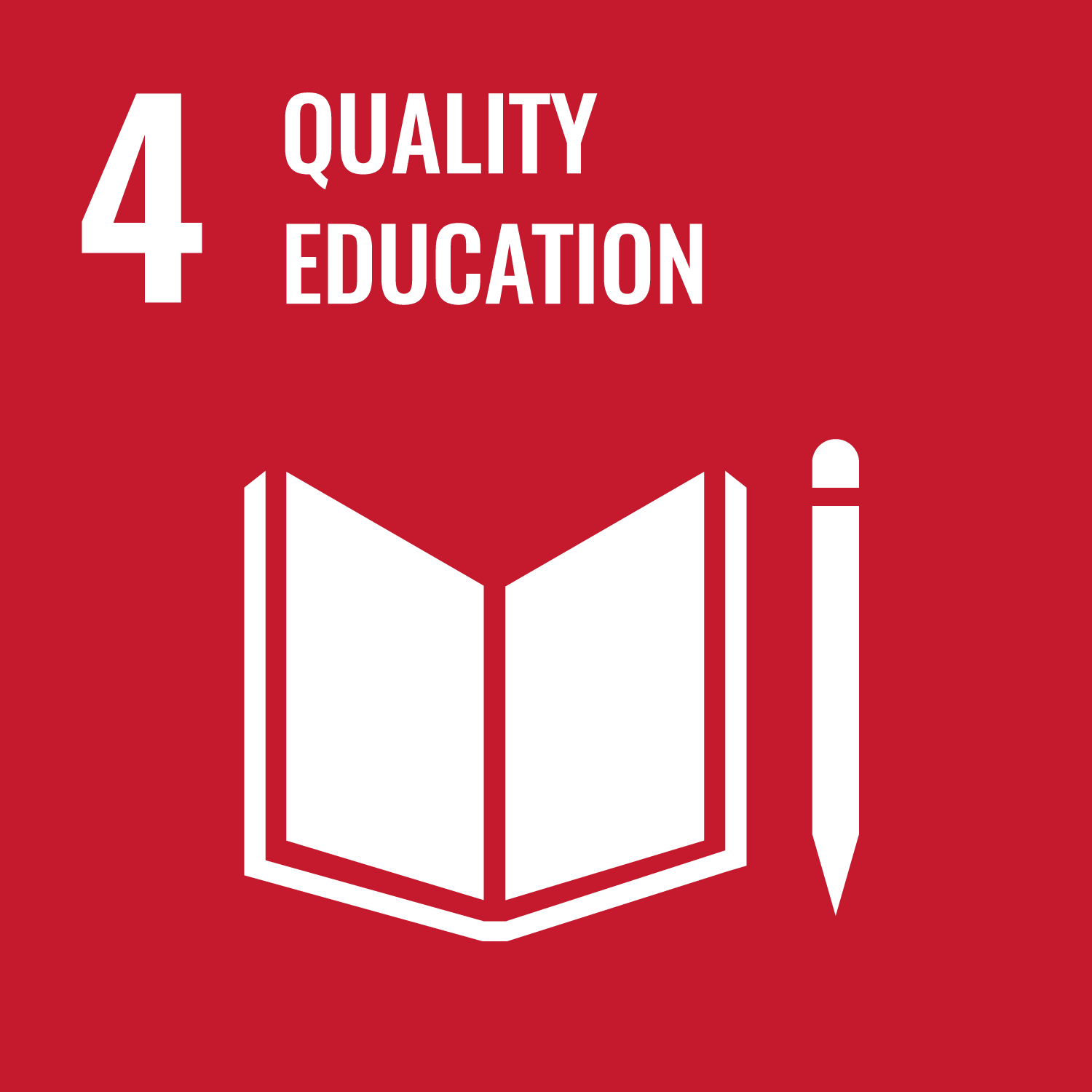 |
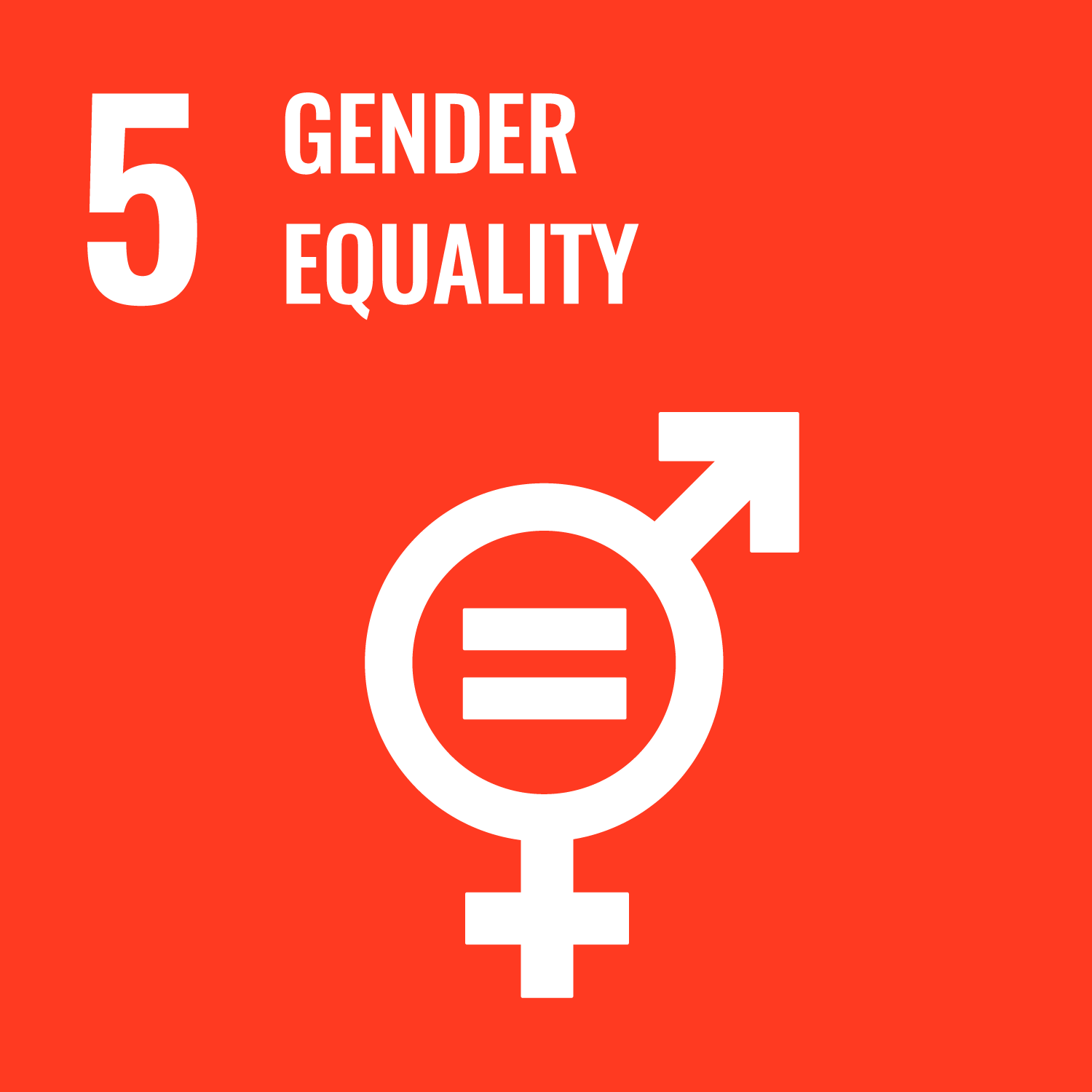 |
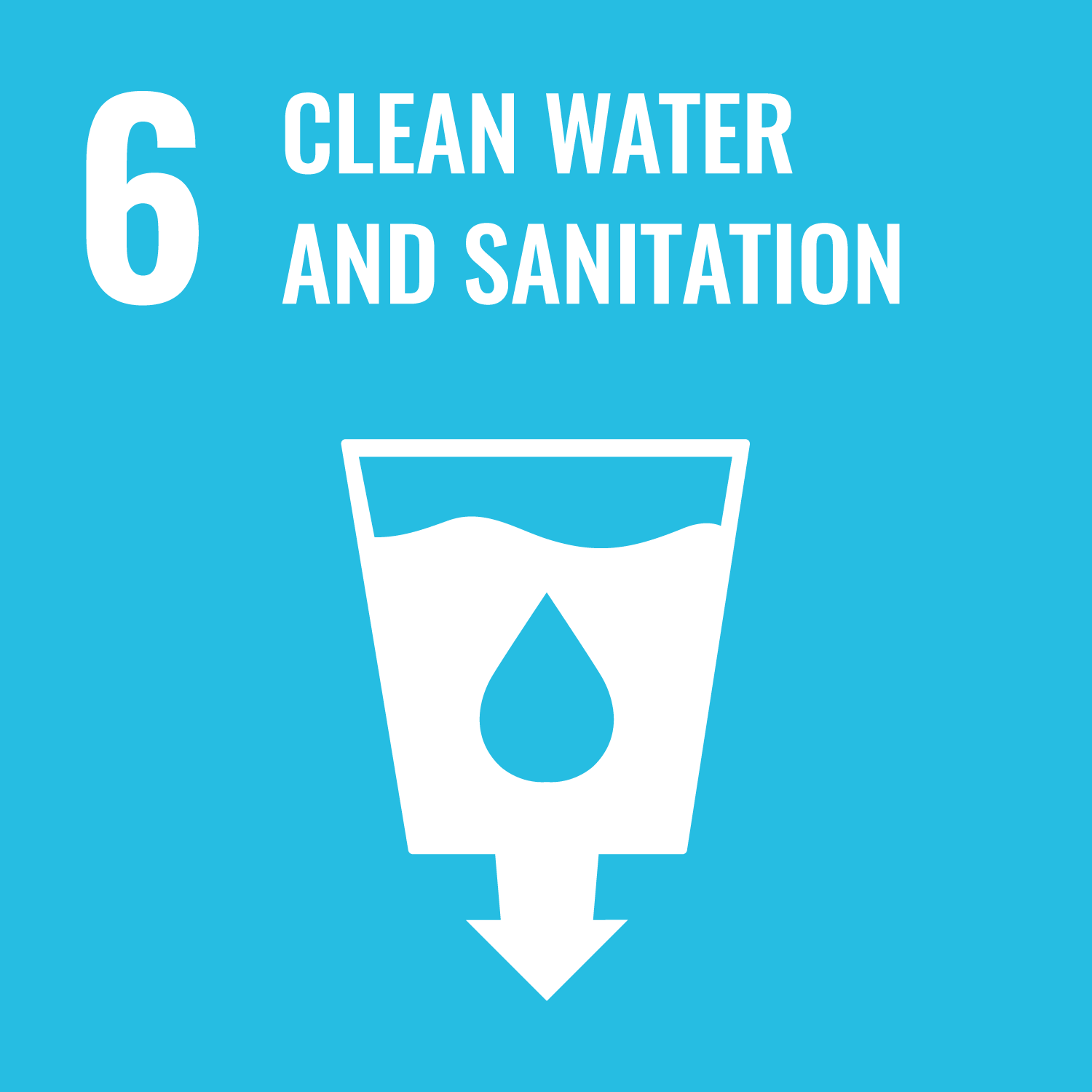 |
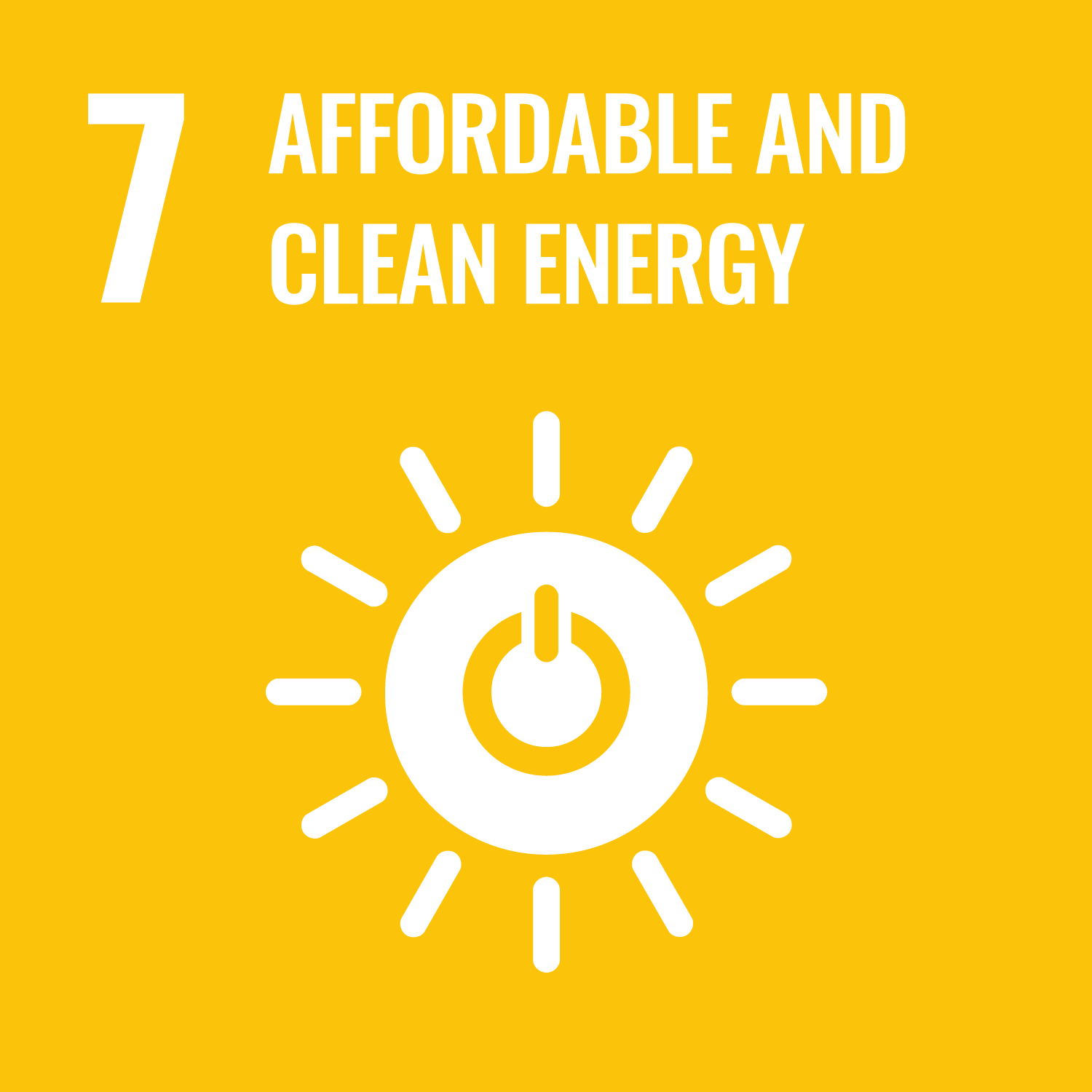 |
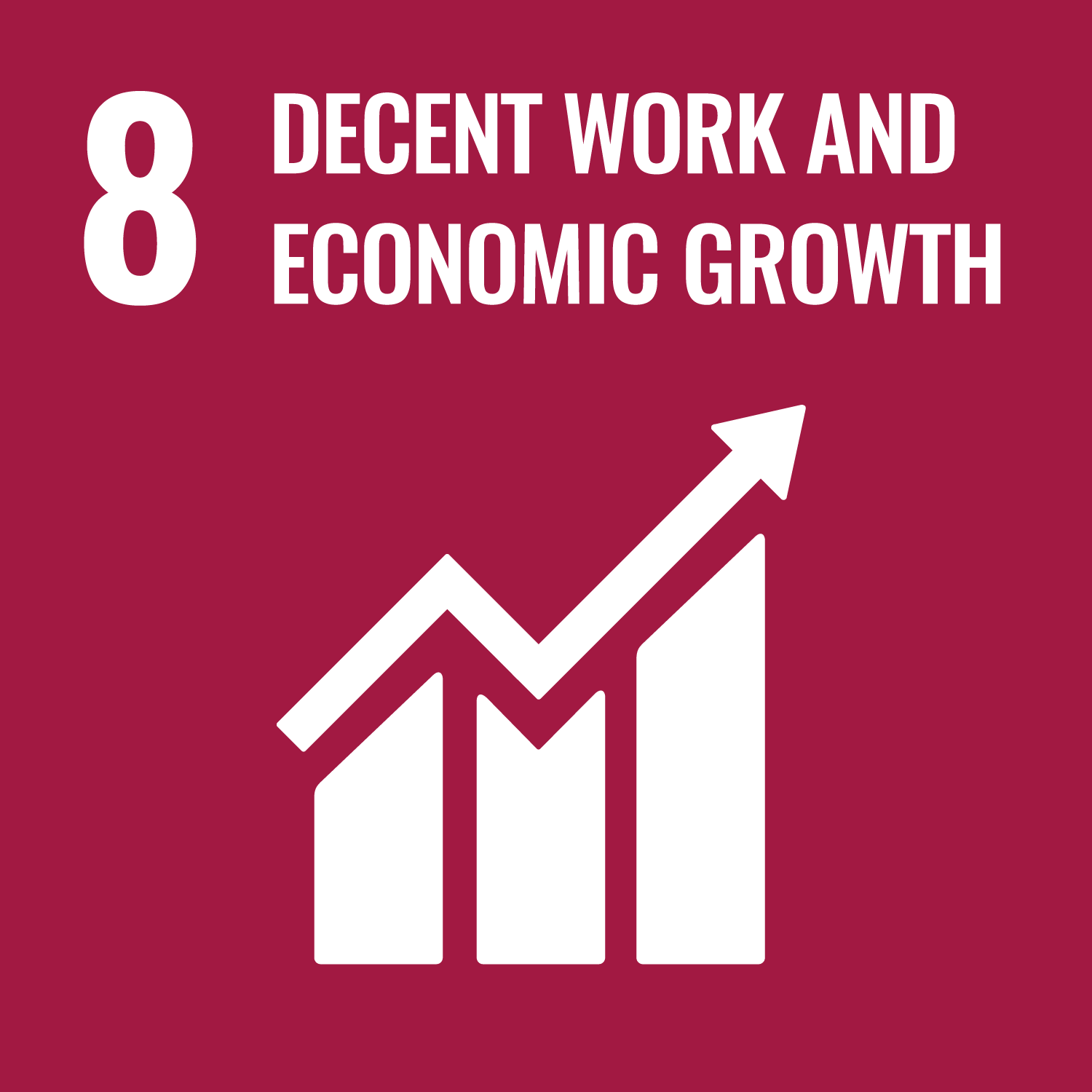 |
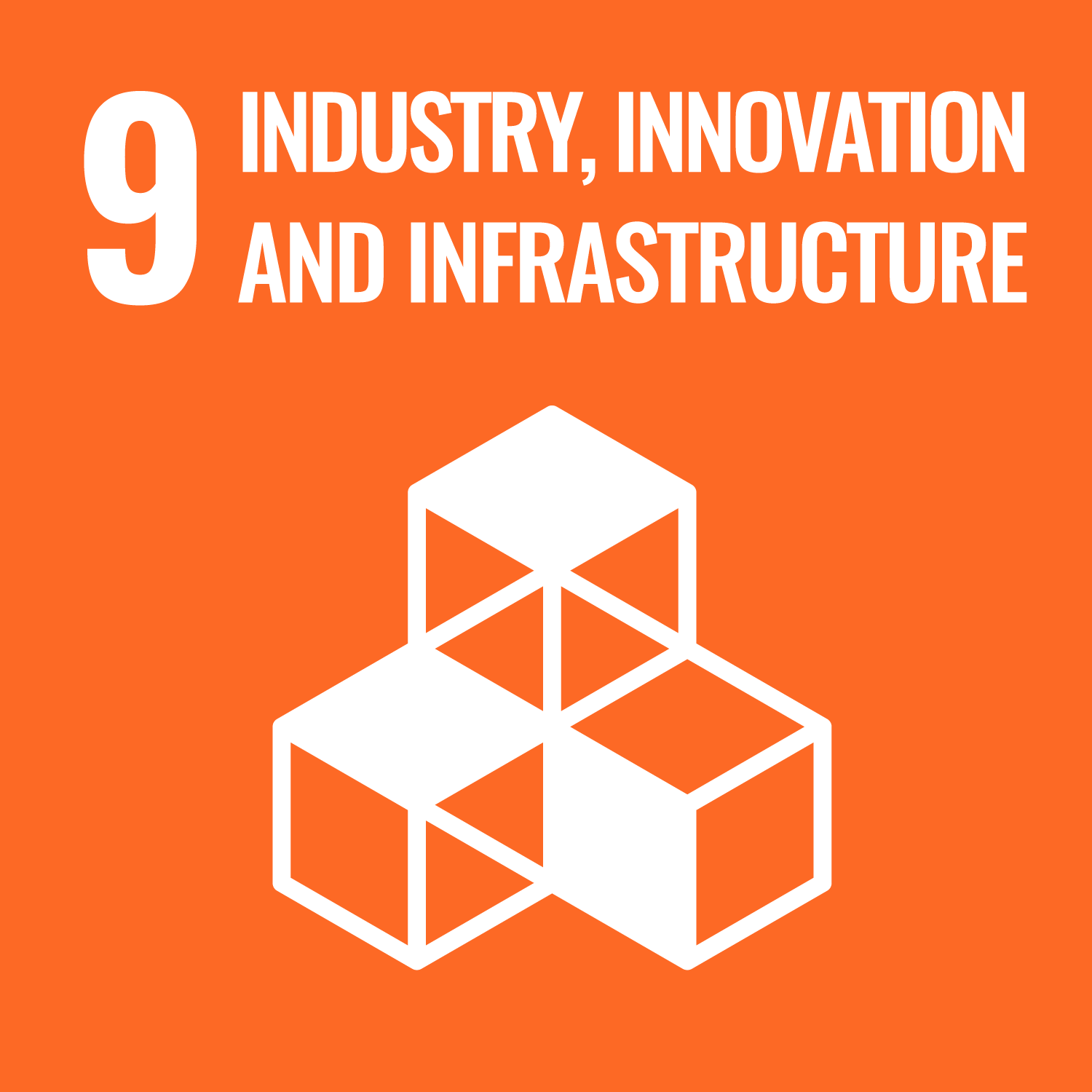 |
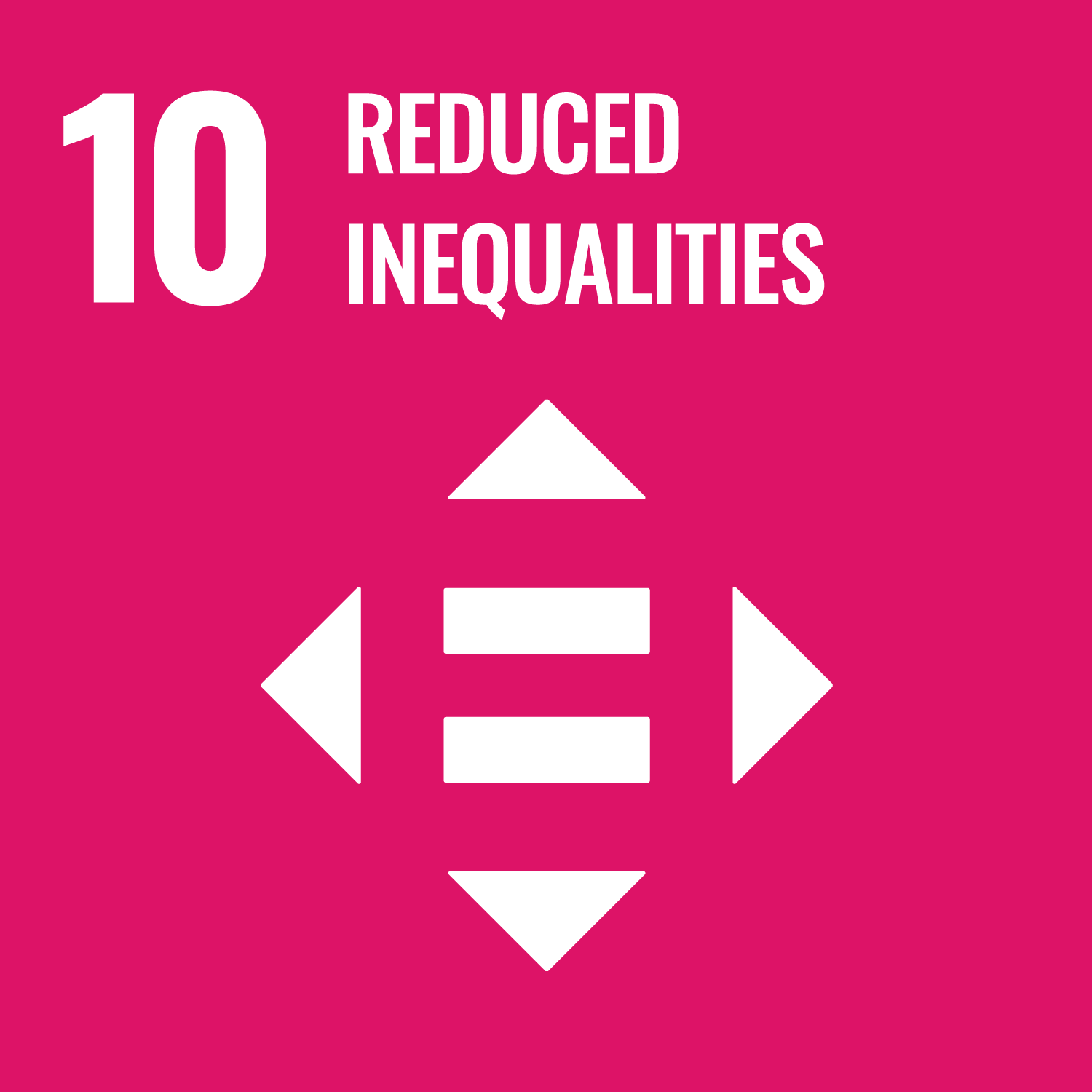 |
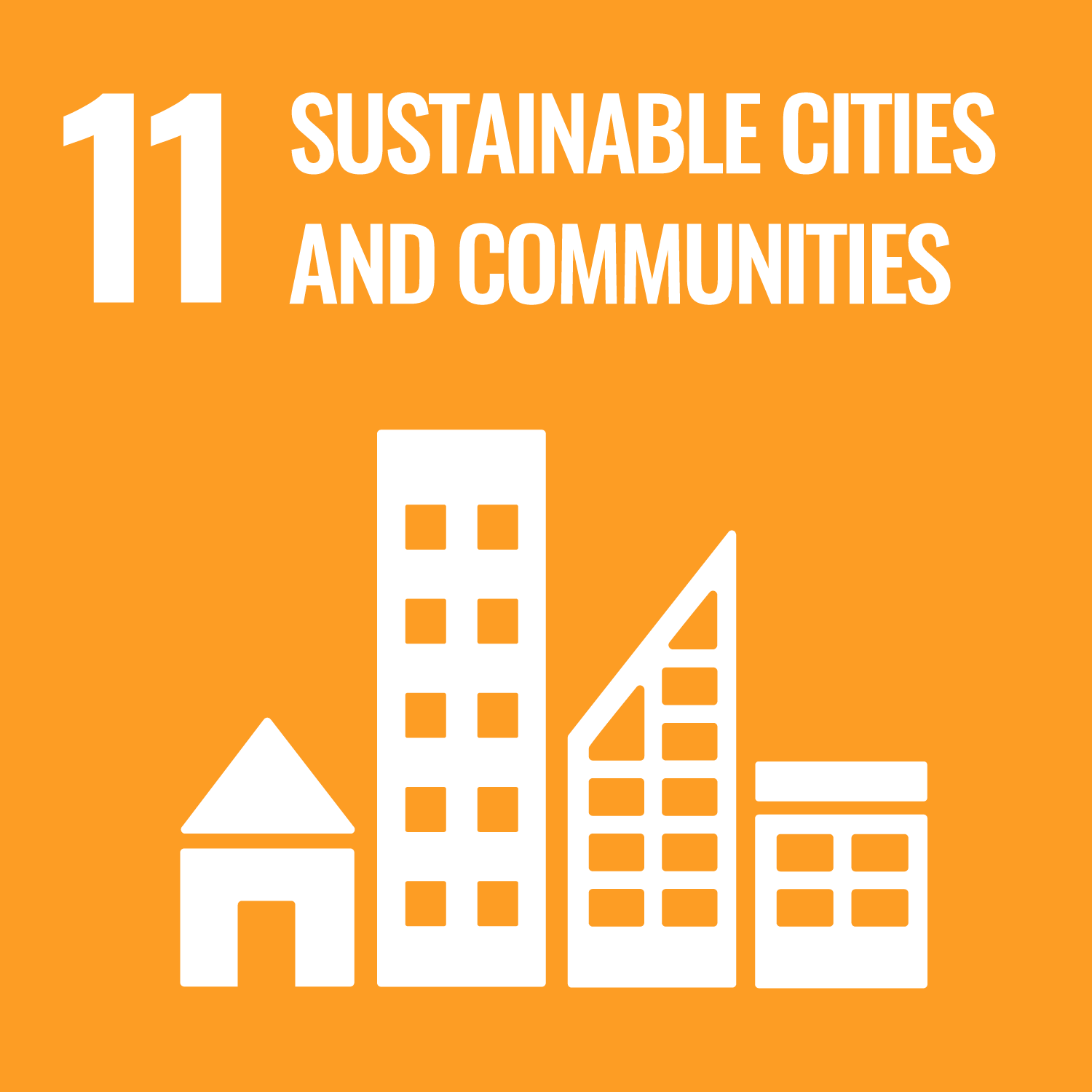 |
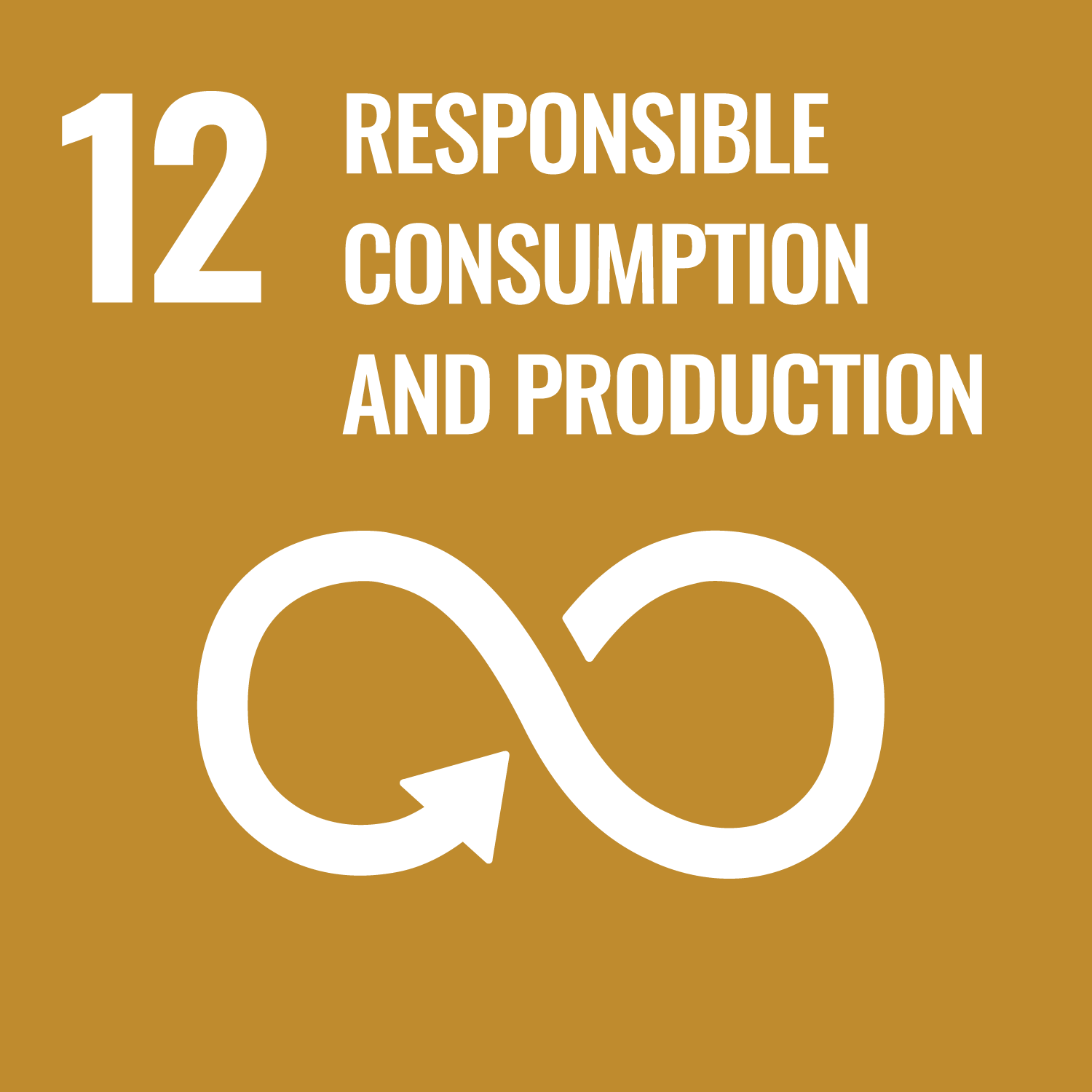 |
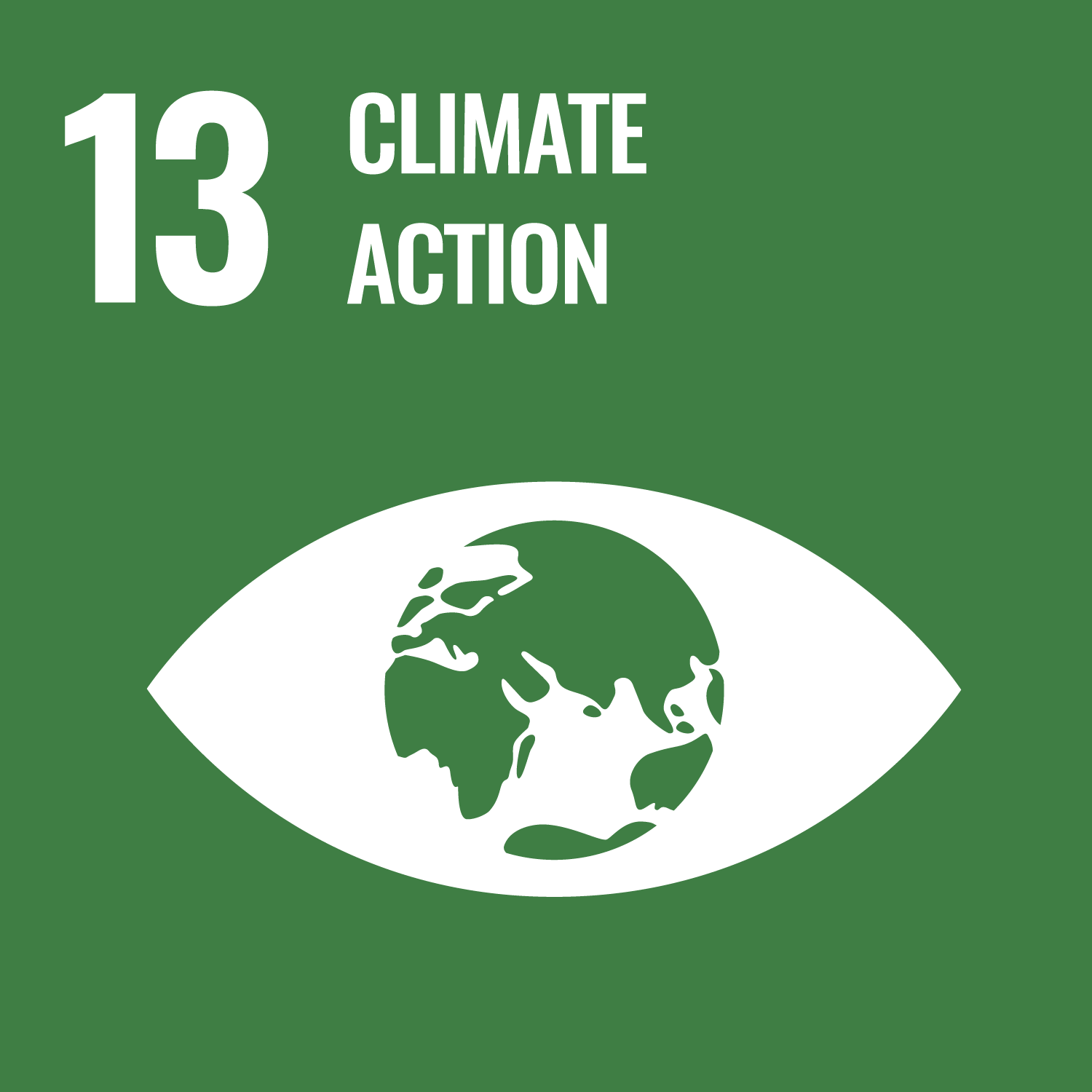 |
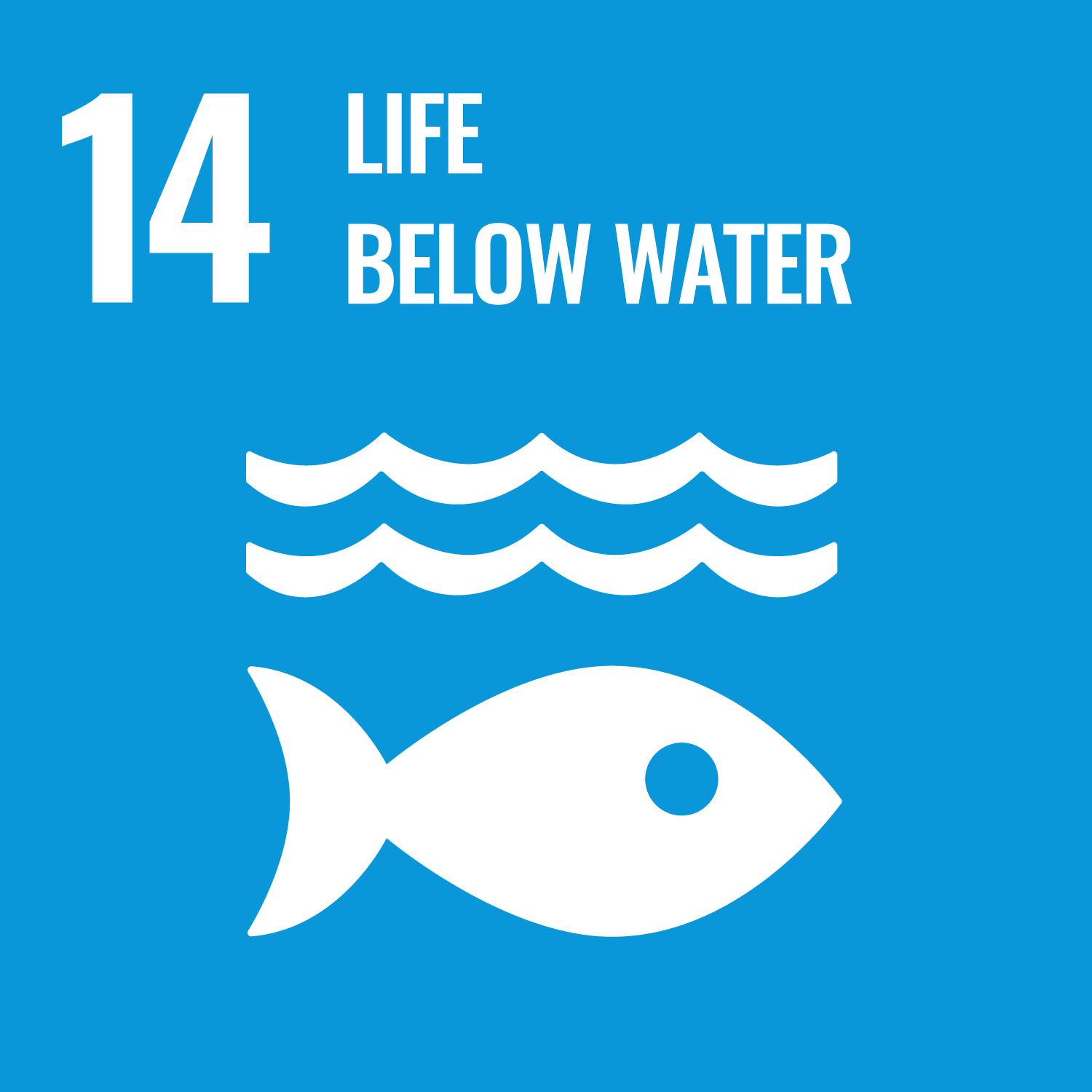 |
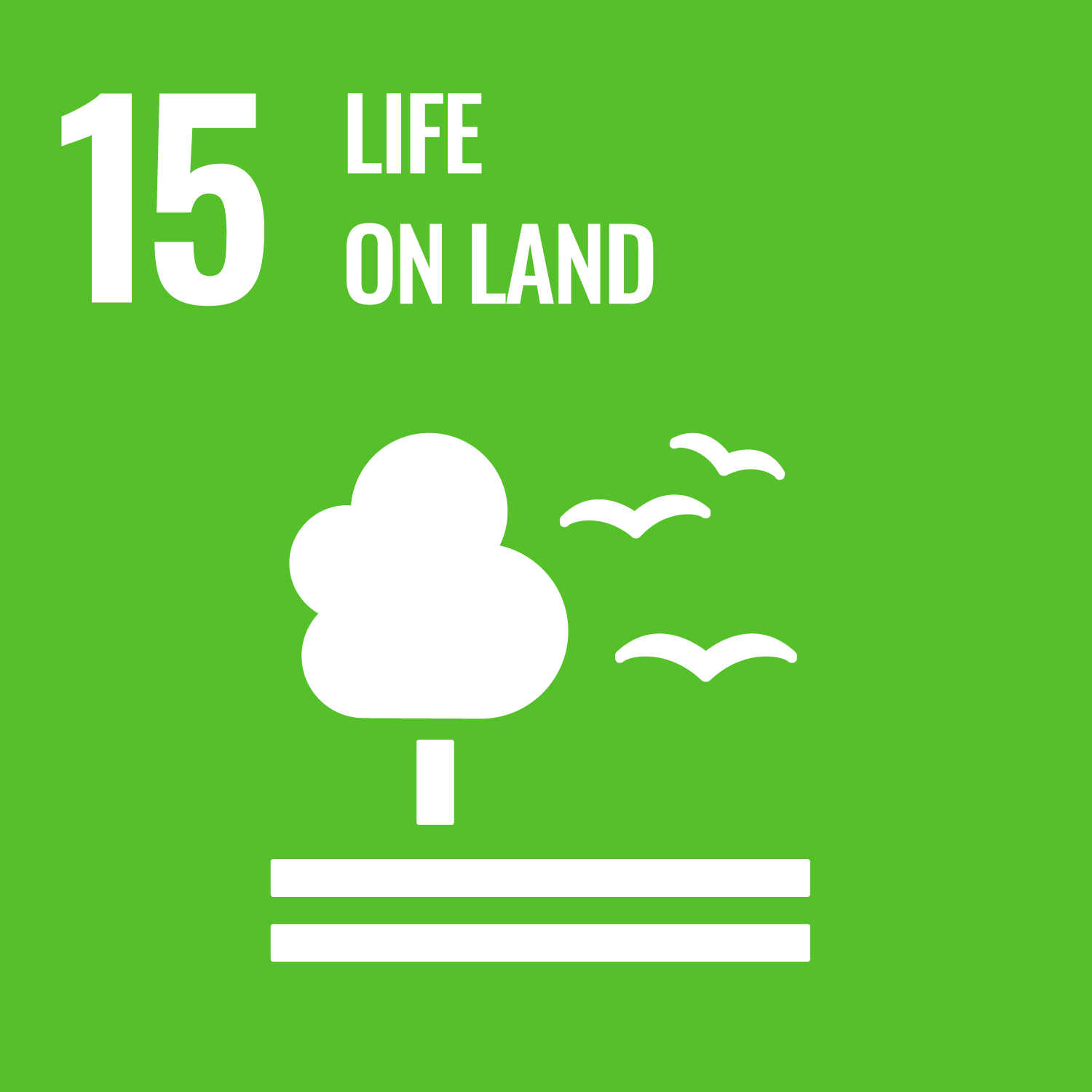 |
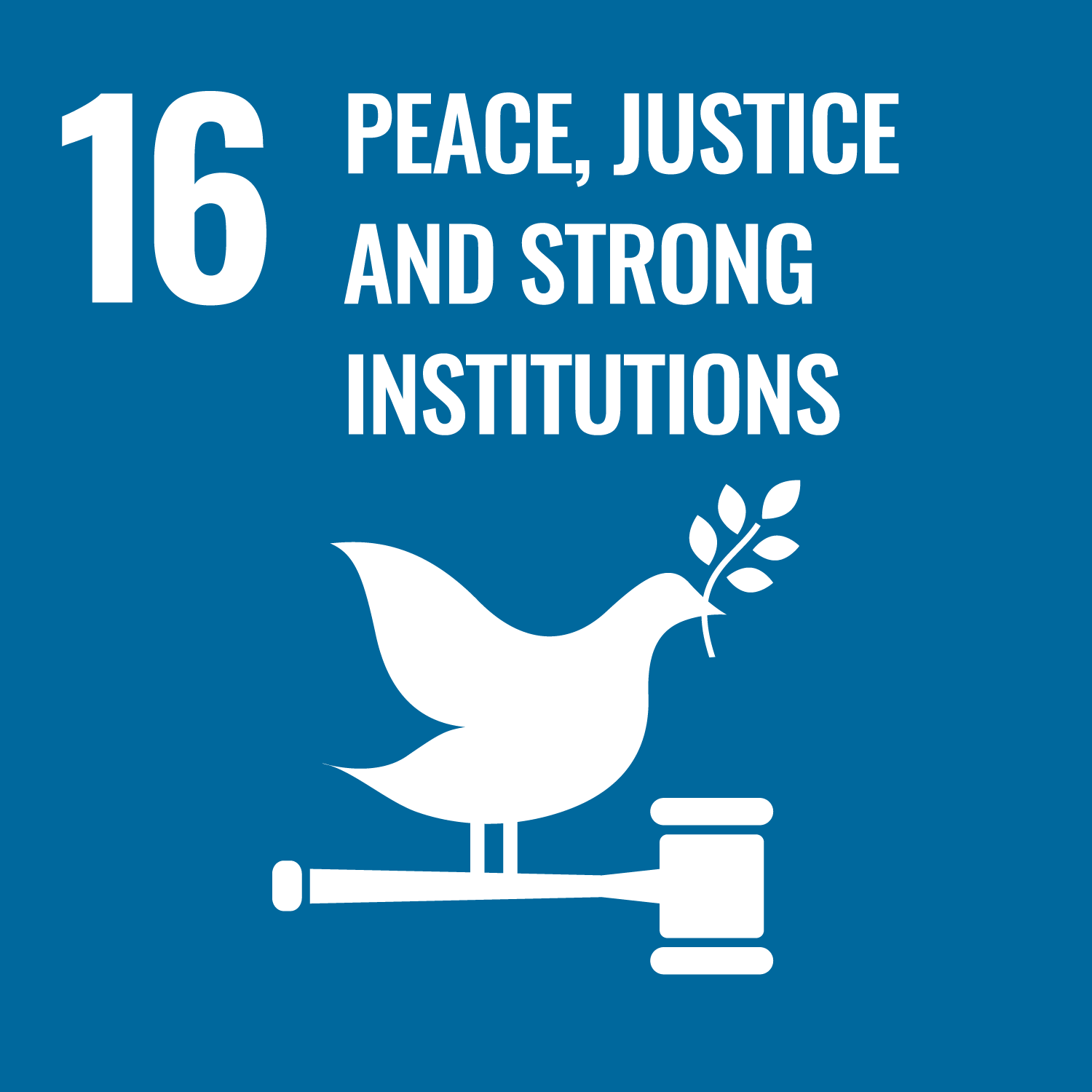 |
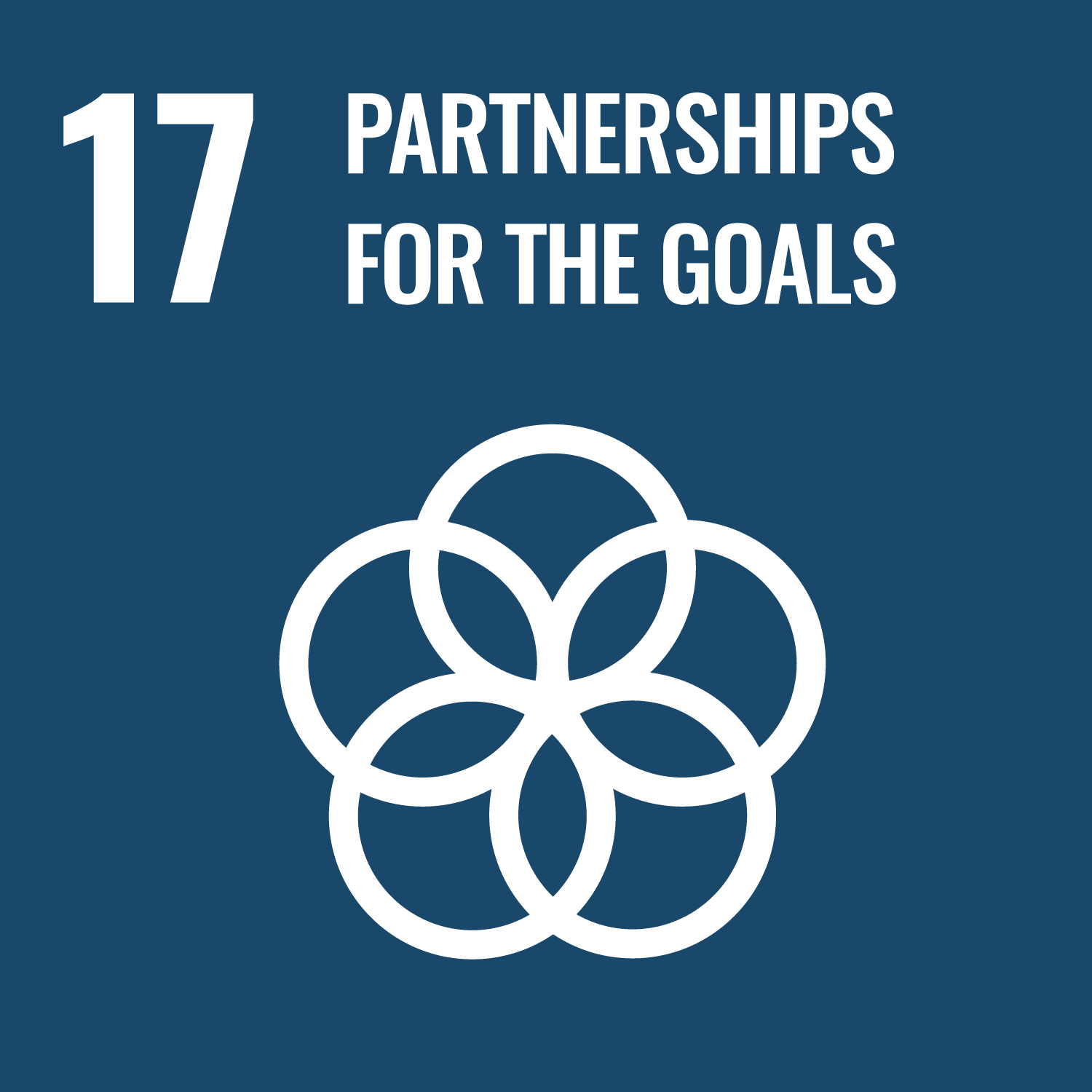 |
| Presenter(s) | Title and Abstract | |
|
Francis Bomba
In-Person Presentation |
The urgent need to standardise and valorise the usage of African Herbal Medicine for
a contribution to alleviation of poverty and to good health and well-being in sub-Saharan
countries
|
|
|
Charlotte Pamboudam Mfondoum
In-Person Presentation |
The role of vegetable crops production in livelihood strategies in the Noun Plateau,
west Region of Cameroon Key words: Vegetable, plateau, livelihood, strategies.
|
|
|
Titus Nwana
|
Unmasking Covid-19 from Green Revolution to New Technological Food Drive and Resilience Key words: Covid-19, Green Revolution, Food Security, Technology BEFR, Sustainable Development.
|
|
|
Olusegun Oladeinde
In-Person Presentation |
COVID-19 Pandemic and Social Fractures in Nigeria: Challenges to Building Gender Inclusive
Social Policy In response to coronavirus disease 2019 (COVID-19) Pandemic, the first primary and immediate response of countries all over the world, including Nigeria, has been to introduce series of protocol, including lockdown, with its subsequent “relaxation”, and other public heath guidelines on the large section of the population and human activities, as attempts to reduce the spread of the pandemic. However, implicated in the lockdown protocols has also been “irreparable damage” on the people, and their socio-economic activities; unleashing twin problems of deprivation and anxiety, for people in Sub-Sahara Africa (SSA). The research work takes on a gender lens to analyze and provide a critical understanding of current dimensions and implications of COVID-19 pandemic, now referred to as “shadow pandemic”, as it exacerbates existing poverty and inequalities, on the live experiences and livelihood of a particular category of Nigerian population; women and the vulnerable. It evaluates the current policy response, encapsulated in social protections and other policy intervention programs of public authorities in Nigeria, in mitigating the impact of the pandemic and its “shadow underbelly”. Evidence continue to show the “residualist” dimensions of social protection programs, even in the context of post COVID-19 pandemic, not only as it demonstrates a “gender tip” to quality of life and livelihood for women, but more significantly, as it once again illustrates the minimalist dimensions of neo-liberal framing of social protection architecture in Sub-Sahara Africa. Keywords: Coronavirus, Gender, Social Vulnerability, Social Policy, Nigeria
|
|
|
Maren-Machel Ostlund
In-Person Presentation |
Housing Security and Interventions to Homelessness Keypoints include:
|
|
|
Andere Gomez Yabar
In-Person Presentation (Spanish) |
El diseño de una máquina peladora de Aloe Vera
|
|
| Presenter(s) | Title and Abstract | |
|
Tange Denis Achiri
In-Person Presentation |
Adapting beneficial microbes and plant bio-active materials to control the invasive
fall armyworm pest in maize production systems
|
|
|
Amber Hendrickson
In-Person Presentation |
Addressing Campus Food Insecurity with CARE
|
|
|
Christoper Ngosong
In-Person Presentation |
Engineering beneficial microorganisms to rebuild the rhizosphere microbiome interactions
and improve the nutritive value of soybean to mitigate hidden hunger
|
|
| Presenter(s) | Title and Abstract | |
|
Brooke Blanchard
In-Person Presentation |
Vision for Everyone: Accelerating Progress Towards the SDGs through Eye Health
|
|
|
Sarah Blessed
In-Person Presentation |
Stigma and discrimination Among HIV/Aids care Patients: In Uganda, HIV Stigma and discrimination Among HIV/Aids care Patients rates are high.
In Uganda with all the care of medical assistance that the government receives in
expanding its coverage of HIV care and treatment services. The rise of stigma remains
pervasive for people living with HIV (PLHIV) in sub-Saharan Africa, undermining engagement
in care. We aimed to explore the manifestation of stigma and discrimination at different
stages of the HIV in Katosi Village Mukono district Uganda. This study is set out
to understand the challenges, risk perceptions and strategies used to Stigmatize and
discriminate HIV/Aids care Patients by men and women at different stages of the life-course
and how to manage and negotiate conflicting ideas.
months within an existing general population cohort in rural in Katosi Village Mukono
district Uganda. Methods included life-story interviews and focus groups with individuals
who had ever been married Stigmatized and discriminated. Participants were randomly
selected from six villages, where HIV prevalence ranges between 4.5 and 16%. In-depth
interviews were also conducted with religious leaders, traditional healers and health
workers. Iterative thematic analysis was used to interpret, code and organize the
data.
Between 2015 and 2016, we conducted 22 in-depth interviews per site in Uganda,
1.PLHIV purposively sampled from HIV clinics and HDSS databases linked to HIV clinic
records,
2.health providers and
3.family members of people known to have died from HIV.
Topic guides explored patient and provider experiences of HIV testing, care and treatment
services. Interview Data were analyzed thematically by our volunteers.
|
|
|
Pennie Sessler Branden
In-Person Presentation |
SDG Roadmap to a Healthier World: Why Nurses Matter The Sustainable Development Goals (SDGs) serve as a global roadmap to a healthier world. The “leave no one behind” principle of reducing inequalities worldwide is foundational to both nursing practice and achieving the SDGs. As the largest healthcare workforce intimately involved in healthcare delivery in all settings, nurses have a firsthand view of the interconnections between the SDG targets, the Social Determinants of Health and overall health and well-being. Inclusion of nurses in collaborative multisectoral approaches to SDG attainment is crucial to better health outcomes and quality of life. Conversely, without nurses in key roles, the SDG goals and targets are unattainable.<.span> In July 2012, the United Nations Economic and Social Council granted consultative status to Sigma, the International Honor Society of Nursing. This UN designation recognizes the expertise of nurses toward solving humanitarian issues and improving world health. As part of this affiliation, Sigma appoints liaisons to provide a strong presence of nurse leaders who contribute to the work of the UN, including the Sustainable Development Goals (SDGs) The purpose of this presentation is to highlight why nurses are a key factor in achieving the SDGs and to showcase current contributions of the nursing workforce as collaborative partners in meeting the goals. Understanding the SDGs through the lens of a nurse and through the lens of a UN Liaison, will demonstrate why nurses must be included as essential players in multidisciplinary approaches to achieving the SDGs and ensuring better health and well-being for all.
|
|
|
Grace Duke
|
Reducing the Maternal Mortality Rate in Sierra Leone: A Grassroots Approach
|
|
|
Giavanna Gast PRERECORDED PRESENTATION |
EcoRealm: Biophilic Solutions to Improve Student Wellbeing
|
|
|
Raiden Gaul
In-Person Presentation |
International Collaboration in Nursing Education: A Key Strategy to Achieve the Sustainable
Development Goals
|
|
|
Alain Chichom-Mefire
In-Person Presentation |
Transformational Changes in Health Care Services Delivery in sub-Saharan African Countries
to Achieve Sustainable Development Goal 3 in the Context of COVID-19.
|
|
|
Elizabeth Zeuko'o Menkem
In-Person Presentation |
The Urgent need for Multisectoral Action on Antimicrobial Resistance Surveillance
in sub-Saharan Africa to Achieve Good Health and Well-being
|
|
|
Mattie Murphy
In-Person Presentation |
Improving Health and Well-Being: Flaws in COVID-19 RT-PCR Testing Procedural Techniques
|
|
|
Isabel Oberbeck
|
A case study of cold plasma based products to support the fulfillment of the SDGs
|
|
|
Jazmin Sanchez
In-Person Presentation |
Gestión de los Centros de Salud Física y Mental: Radiografía de los Desafíos en el
Perú
|
|
| Presenter(s) | Title and Abstract | |
|
Jafari Abuyi
In-Person Presentation |
How Christ in Touch Foundation (CTF) is Taking Action On, No Poverty and Why It Should
Matter to You and Me.
|
|
|
Mary Michelle Arsenault
In-Person Presentation |
Why Rural Access to Quality Education Matters
|
|
|
Sandra Maldonado Blaur
|
Children and Youth Protection Against Covid-19 The evolution of the human being is part of a permanent process of building cognitive and emotional structures that enable better societies. The family is a fundamental part of the social structure. From an educational perspective, its relevance lies in the fact that it is the first emotional and cognitive relationship that the human being establishes with the other, this essential relationship, is the platform on which his self-esteem is built, he learns the habits and values with which he coexists in society. The social function of the school is to teach to think, feel and act. Educate human beings for civil coexistence. It is where citizens are trained, the value of democracy is learned, feelings of solidarity, equity and inclusion are educated, and the commitment to protect the sustainability of the planet is acquired. He learns that living in community is to form habits of perseverance and order, but it is also to value the rights of others, only in this way the virtuous circle of coexistence can be achieved. The State, together with the community, have the responsibility to protect the fundamental human right to education. Education must form useful and productive beings for the new generations. The risks to which the world's children and youth are exposed are addiction and dependency that motivate the deregulation of the harmful elements to which they have access. The experience of education is a natural need that must ensure the integral formation of the human being, focusing all its efforts on respecting the rights of children as a fundamental basis.
|
|
|
Hannah Ells
|
The Potential of an SDG Rubric in Academic Publishing and Beyond
|
|
|
Vishvanath Falegaonkar
In-Person Presentation |
Training students to apply Computational Thinking to solve locally-relevant Authentic
Problems Computational Thinking will be a fundamental skill used by everyone in the world by the middle of the 21st century. The meaning of fundamental skill is just as basic as reading, writing and arithmetic. Computing and computers will help to spread computational thinking and in the age of the pandemic like COVID 19, computational thinking skill will be a path breaking way to spread the knowledge and intellect in the education domain. Computational thinking is extensively used not only in the science and engineering communities in their daily lives but also even in the non-technical communities like historians and artists. Computational thinking will be important at the undergraduate level and PhD level but the dare was to really see how it can be inculcated in the teaching of k-12 students and how teachers in k-12 can teach such students. So, taking this as a motivation and trigger point to consider this CT topic as my PhD topic and the preliminary title of the same will be “Training Students to Applying Computational Thinking (CT) to Solve Locally-Relevant Socio-Scientific Issues (SSI)”. So far, I can see that students at senior level appreciate working with SSI. Thus, working with SSI could be considered as an appropriate activity for all students. However, the work with SSI might not so much raise students’ interests in science, but it can strengthen generic skills such as team-work, problem-solving and media literacy. We notice that students are ill-prepared to work autonomously. The future work would involve further detailed literature review and exploration of computational thinking in different domains. Various scientific research methods would be implored in conducting interviews and surveys in various government schools. More emphasis will be given to the CT concepts, practices and its implementation in academic curriculum in a staged manner. SSI will be studied in detailed fashion to incorporate 21st century skills along with CT skills. Among the key issues that require further exploration is how to measure students’ CT ability and examine the effects of the teaching of CT, especially in terms of major assessment approaches and research methodologies. There are so many limitations to the success of CT in Indian context and that too in rural education. The major lacunae would be the assumption of established technical resources and experts to teach this advanced usage of computer education. The major hindrance will be the access to technology. If technical infrastructure is made available then CT skills will be successful to implement.
|
|
|
Melissa Nelson
In-Person Presentation |
Global Goals and Gateways: Co-curricular Programs and the Liberal Arts
|
|
|
Arthur Niyonkuru
In-Person Presentation |
Quality Education, The Foundation of Economic and Social Development in Africa
|
|
|
Martin Olavarrieta
In-Person Presentation |
Best Practices and Participation Towards Baur International Model United Nations Relating
to the High Level Political Forum on Sustainable Development, the Climate Action Summits
and the Conference of the Parties (COP-UNFCCC) in this Decade of Action Living knowledge® is to create awareness of multilateralism, global solidarity and without leaving no one behind, as universal pillars that will allow us to achieve the 2030 Agenda for Sustainable Development in this decade of action; awareness that represents for humanity the vital struggle for sustainable prosperity, social inclusion, equality and the preservation of our planet. It is important to promote, the realization of this United Nations Model and the COP-UNFCCC so that students as member states, actors and stakeholders have a central role in monitoring the follow-up and review processes at the local, national and global level that allows them to know and contribute to the solutions of the sustainable development goals, reproducing , through training, the work of the Economic and Social Council (ECOSOC) and the General Assembly (GA), including their participation in the workshops, round tables, side events of the HLPF related to the 4 commissions that would integrate the 17 SDGs . This Formative Model tries to provide favorable results to academics, students and their families, because they will learn about what is really happening in their countries and in the world. The Educational Model will function as in the United Nations (UN), preserving the diplomatic rules and procedures. With this UN simulation, we are convinced that a strategic added value of the proposals of the 2030 Agenda will be the result of forming new leaders who are committed to themselves and to others for the survival of mankind and preservation of the environment.
|
|
|
Sangya Pandey
|
The Crisis of Learning: A New Beginning of Endless Sustainable Possibilities in Nepal Despite, the giant leaps that we’ve taken to increase access to schooling and ensure the retention of attendance in schools, educational systems in developing and least developed countries remain enslaved to patterns of inefficacy resulting in learning outcomes far below the benchmark for what is desirable. This presentation highlights this crisis of learning in the developing country of Nepal. It offers possible reasons to explain the aforementioned crisis, present a case study of a solution administered by a chain of schools and highlights the influential role of sustainable development goals in the resolution of the crisis. Through, an evidence-based analysis of the student achievements throughout the years, the different dimensions of the crisis: access, retention and inequity are studied.
|
|
|
Sean Schrader |
COVID-19 and It’s Impacts in the Community Throughout the COVID-19 pandemic, there were many industries that were hit hard, and were faced with the difficult choice of either significantly changing their operations, or closing all together. Living in the Tampa Bay community, there are many people who continue to move to the area, and I think a large reason for that is because of the many different opportunities that exist for business success. Through this tour, I helped to gain a better understanding of five critical industries in this area: food and restaurant, hospitality, law enforcement, transportation, and entertainment to better understand how these groups were impacted by the pandemic, but also how they have been able to recover and stay in business. |
|
| Presenter(s) | Title and Abstract | |
|
Christiana Vegah Abonge
In-Person Presentation |
Meeting the Challenges of Gender Inequality and Poverty for Persons with Disabilities:
Lessons to be learnt from Best Practices in Cameroon |
|
|
Helen Adams
In-Person Presentation |
Poverty, Gender Equality, and Birth Control Access We will begin by discussing the average birth rate in many different countries throughout the world, comparing their socioeconomic statuses, and drawing conclusions about the findings there. There is a trend that those nations in higher amounts of poverty and in lower stages of development often have much higher birth rates and much higher infant mortality rates than those in developed countries. We will then discuss the implications of these findings- those women who are pregnant younger have less ability to attain a higher education for themselves, are less likely to be well employed due to the burdens of motherhood, and are more likely to be reliant on either a male figure or her nuclear family or community for financial support. Her children, in turn, will be less likely to attain an education themselves. We will then, go into the United States a bit deeper and analyze how differences in birth control access and reproductive care state by state influences the poverty, education, and health statuses of the members of each state. We can not pretend these very issues do not exist within our own country. We will conclude by describing the potential impacts of prioritizing birth control access and reproductive care to women in both developing and developed countries across the world, resulting in higher education status, higher average income, better health outcomes, more wanted pregnancies, lower infant mortality rate, etc. |
|
|
Liggera Edmonds-Allen
In-Person Presentation |
Hetero-Compulsory Sandwich Originally written for the performer’s Gender and Sexuality in Performance class at Carnegie Mellon University, Hallinan’s piece performs and perpetuates discomfort. The writer states that “...the act of watching someone vigorously eat is uncomfortable in the first place, but coupling it with a statement that the eater does not want to be eating makes it hard to watch.” A pre-recorded audio plays as they eat, comparing their discontent as a queer person in a heteronormative society with eating peanut butter sandwiches - both ‘tasks’ Hallinan was expected to ‘consume’ ever since they were young. Hallinan’s performance is in active communication with Judith Butler’s theory of parodic repetition- “...making actions that are usually pleasurable (eating and sex) unpleasurable.” Hallinan states in the performance that they do not like peanut butter sandwiches, “...connecting the expected pleasure of eating with the expected pleasure of sex.” This performance invites the audience to reflect on their own expected performances, and whether or not they enjoy such identities.
|
|
|
Grace Enriquez
In-Person Presentation |
Women in Government: The Fight for Female Representation in Leadership and Decision-Making
in Nigeria
|
|
|
Promise Ozuzu
In-Person Presentation |
Gender Equality in Developing Countries – Why expanded access to contraceptives, safe
abortion services and economic empowerment matters for women and girls in developing
countries Introduction: Nigeria comprises of 36 states and a Federal Capital Territory (FCT) grouped into six geo-political zones. Nigeria is home to over 201 million people, 49% (99.7 million) are females. The total population of women of reproductive age (15-49 years) is about 47.1 million representing 47% of the total female population. Statement of Problem: Gender equality challenges faced by women in Nigeria are driven by patriarchy, poverty, illiteracy, religious and cultural norms. Women are still considered subordinate to their male counterparts fueled by social norms. Patriarchal norms negatively impact the participation of the woman in decision-making, including decisions that impact her health such as decisions to use contraception. Girls’ access to education is poor especially in the north and negatively impact on girl’s and women’s economic autonomy. Methodology: A mixed method was used, while a descriptive analysis of routine service data was done to identify the number of women empowered by the programme, number of referrals for contraceptives services and frequency of services delivery. In-depth interviews and structured observations were conducted to collect qualitative data to contextualise findings from the quantitative analysis. Results: A total of 3,990 referrals were made through the programme. Of this, 47% of these women took up family planning service across locations implemented. The women reported feeling empowered via the generation of income through small business activities initiated by the project, this grew confidence and improved women’s role in household decision-making: Conclusion: Promoting a gender-equal society is a sustainable strategy in achieving economic progress and development.
|
|
|
Sophia Isabel Salvador
|
Discovering the Existing Flaws in a Country Labelled Gender Equal Through the Perspective
of Women Superlatives
|
|
| Presenter(s) | Title and Abstract | |
|
Brian Barthel
In-Person Presentation |
Empowering Cambodian Lives, A Collaborative Effort to Improve Sanitation and Well-Being
|
|
|
Rukmagat Kafle
|
WASTE MANAGEMENT: A mutual activity to achieve multiple SDGs
|
|
|
Renata Konadu
In-Person Presentation |
The nexus among sanitation and access to clean water on girls education: Mapping out
intervention policies and practices
|
|
|
Robert B. Sowby
In-Person Presentation |
Sustainable Irrigation: Balancing Return Flows with Efficiency
|
|
| Presenter(s) | Title and Abstract | |
|
Layne Bruton
In-Person Presentation |
Development of Efficient Organic Solar Cells
|
|
|
Christelle Flora Majoh Kuetche
|
Reversible hydrogen-to-electricity technology as a Renewable Energy option
|
|
| Presenter(s) | Title and Abstract | |
|
Ana Diaz Alvarez
In-Person Presentation |
Diseño y evaluación de políticas sostenibles: un modelo para la empleabilidad juvenil
en el marco del ODS 8
|
|
|
Emarie Majors
In-Person Presentation |
Sustainable Economic Growth for Pacific Small Island Developing States Through the
Cultural Industry This case study looks at Tuvalu’s potential to flourish in the production of the digital visual arts. I assess the potential markets and discover the best process for implementing technological and training resources required for digital visual arts. I conduct a budget analysis and explore the implications of the country’s trade policy. Finally, I analyze economic data to determine the viability and long-term stability of Tuvalu’s future growth through involvement with digital visual art production and dissemination. My findings offer a viable plan to establish a sustainable digital visual art industry based out of Tuvalu. This could lead to an eventual demand for more local jobs in managerial and marketing capacities. A need for strong state support, facilitation, and leadership for the country’s industrial sector would also rise. My research has implications beyond Tuvalu, as my findings offer some general patterns that other SIDS could emulate.
|
|
|
Maxima Mancilla
In-Person Presentation (Spanish) |
Fortalecer el emprendidurismo productivo de jóvenes, con enfoque micro empresarial
e inclusión de género.
|
|
| Presenter(s) | Title and Abstract | |
|
Thaksheel Alleck
|
Creating an Ecosystem of Entrepreneurial Scientists to foster Innovation on the African
continent
|
|
|
João Pedro Lopes
In-Person Presentation |
Circular Economy from Rice Husk Biomass: New Perspectives
|
|
|
Nur Bella Octoria
|
Assessing Transport Sustainability of Railway Existing Network and Services in DKI
Jakarta
|
|
| Presenter(s) | Title and Abstract | |
|
Liggera Edmonds-Allen
In-Person Presentation |
Wednesday’s Voyeur "A patchwork story weaving statistics and song, 'Wednesday’s Voyeur' allows the audience
to look youth houselessness in the eye, and interrogate themselves as to why they
are watching. At its heart, it is a celebration of queer youth, and how they have
learned to survive. It is the true story about the passage of Utah's runaway law.
It should feel like a place you love, but not a place you can stay."
The Intergalactic Pride Center exists to bring pride and education to queer youth
around the world. As a playwright, I believe the most effective pieces for education
and social change are a combination of statistics and story, allowing the audience
to open both their eyes and hearts.
While this play could be produced anywhere, it is specifically about a Utah youth
outreach center and the Utah laws that contribute to youth homelessness within the
state. This piece honors the incredible change we were able to make to the Utah youth
homelessness laws, and inspires others to do the same.
The oral presentation could exist as a full performance, a staged reading, or an oral
presentation on the archival theatre process.
|
|
|
Emily Hall
In-Person Presentation |
Math Mentors: A Successful Solution for Helping Students Overcome Roadblocks
|
|
|
Lukas Parrish
In-Person Presentation |
Income Inequality and What Defines a Wealthy Country
|
|
|
Oumarou Toumba
In-Person Presentation |
Managing Urban Growth in Sub-Saharan Africa: The Neglected Dimension of Urban Poverty
|
|
|
Melissa Nelson
In-Person Presentation |
Supporting Professional Development around the Global Goals through Internationalization
|
|
|
Kim Nielson
In-Person Presentation |
Efficient Energy and Sustainable Designs for Tiny Homes Accommodations for the rapidly increasing world population and associated energy consumption is a global problem that requires immediate attention. To combat this issue, the United Nations adopted in 2015 an agenda containing 17 global objectives to accomplish a more sustainable future by 2030. On a local scale, the Wasatch front in Utah is one of the fastest growing communities in the nation and combined with an explosive increase in housing cost has led to an accelerated housing crisis and high energy demand. One possible solution is constructing communities of tiny homes that can alleviate the housing pressure, energy cost, and provide home for low-income residents. Often accompanying tiny homes are decreased environmental footprints, since they require less energy to heat/cool and less space for waste accumulation. Despite these facts, there exists very little research regarding energy efficiency and energy efficient designs of tiny homes. This is even more perplexing considering a tiny home has the potential to be a zero-energy building. The UVU initiative is based on using shipping containers as a tiny homes with the implementation of smart-energy designs and quantifying energy efficiency through a suite of sensors. The project forms a laboratory for not only faculty research, but also student research and integration into courses at UVU involving energy, sustainability, and construction. On a broader scale, the project objectives are to serve the local and global communities through knowledge transfer to optimize designs for tiny homes. The presentation introduce the project concept and preliminary designs and model results.
|
|
|
Hannah Reynolds
In-Person Presentation |
The Tongass Under Threat: Opportunities for Environmental Justice and Resilience Under
Well-Managed Forest Systems
|
|
|
Mariana Bittermann
In-Person Presentation |
Political Responsibility for “Blood Diamonds”: A Philosophical Examination of Structural
Injustice in Production Chains How am I responsible for the working conditions of people mining for raw materials that I am consuming and how can I take up this responsibility? In light of the United Nation’s Decade of Action to achieve the Sustainable Development Goals, the question of who carries how much political responsibility for unjust structures of production is a pressing issue. A normative philosophical discussion on these questions offers an important perspective for “SDG 12: Responsible production and consumption” in relation to the core question of the conference as it allows the methodical exploration of why our individual responsibilities and contributions matter. In this presentation, the author will use Iris Marion Young’s Social Connection Model of political responsibility and illustrate with the example of the global movement against the mining of so-called “blood diamonds” in how far, why and how consumers, organizations, institutions, and corporations carry a political responsibility to dismantle unjust social structures. It will be argued that political responsibility is generated by social connection and that the aforementioned global movement against “blood diamonds” is a positive example of how this responsibility can be taken up to work towards the dismantlement of unjust social structures. However, opposing Young’s position, it will be argued that political responsibility is not shared equally among everyone participating in the social processes reproducing structural injustice. Therefore, the Social Connection Model will be expanded by identifying factors which determine degrees of political responsibility.
|
|
|
Cayla Brint
In-Person Presentation |
Combatting the Plastic Waste Crisis through Micro-Recycling Facilities across the
Philippines
|
|
|
Martina Magni
|
An Exploratory Research on Circular Ecosystems Scalability - An Identification of
Six Directions and Determining Circular Practices
|
|
| TBA | TBA | |
|
Casey Su-Morrill
|
Environmental Factors that Drive Oxygen Minimum Zone Formation, Duration and Overturn
with Consequences for Life Under Water
|
|
|
Kalani Egginton
In-Person Presentation |
Great Salt Lake Matters: Robust Outreach Informs Local Communities
|
|
|
Stefanos Alevizos
|
Cases of Child Abuse and Neglect in Greece during COVID-19 era
|
|
|
Daniel Barragán
|
El Acuerdo de Escazú y el fortalecimiento de la gobernanza ambiental: ¿por qué es
importante para el logro del desarrollo sostenible? La adopción del Acuerdo de Escazú da respuesta a las necesidades de la región de contar con un instrumento jurídicamente vinculante que garantice el ejercicio de los derechos procedimentales ambientales y que reconozca la importancia de proteger a las personas defensoras de derechos humanos ambientales. Para una región, como América Latina y el Caribe, megadiversa, rica en recursos naturales, dependiente del extractivismo y con una alta conflictividad socioambiental, el Acuerdo de Escazú se plantea como una ‘ventana de oportunidad’ para transformar las dinámicas de relacionamiento y garantizar un escenario de democracia ambiental que contribuya al logro del desarrollo sostenible. Un escenario fundamentado en el ejercicio de los derechos derechos procedimentales ambientales y en el respeto a la vida y a la seguridad de las personas defensoras de derechos humanos ambientales. En este contexto, el trabajo aborda dos casos de estudio que dan cuenta cómo el Acuerdo es viable de implementación (caso de buenas prácticas) y cómo el Acuerdo tiene el potencial de prevenir malas prácticas de participación en la gestión ambiental. En ambos casos, se incluirá un enfoque de análisis en torno a la contribución al desarrollo sostenible, a la reducción de desigualdades y a la inclusión de grupos tradicionalmente marginados en los procesos de toma de decisiones ambientales que permitan aproximar una respuesta a la interrogante central de la conferencia: WHY IT MATTERS.
|
|
|
Tiffany Chan
In-Person Presentation |
Educating and Engaging Youth Through Legislative Advocacy for the Equal Rights Amendment
|
|
|
Katherine Chipman
In-Person Presentation |
Redefining Strategies to Protect the Planet: Utilizing Random Forest Machine Learning
to Predict Conflict In order to counter political conflict, we first need to understand the factors that increase these incidents. The United Nations reported that the number of people fleeing war, persecution, and conflict exceeded 70 million in 2018, the highest level recorded by the UN refugee agency (UNHCR) in almost 70 years. Although much work has been done to halt current conflicts, stopping these incidents before they start is much more challenging. In the modern age of technology, the amount of data intelligence communities and policymakers must sort and evaluate is overwhelming. The sheer volume of information slows down the process of providing accurate and timely intelligence to help stop conflict before it escalates. Finding models to help predict hot spots or areas at greater risk for conflict will significantly aid the intelligence community, and policymakers focus limited resources on the most relevant data. This study seeks to combine machine learning with previous research to create a model to predict potential future patterns of conflict due to political, economic, social, and demographic factors. Utilizing the Random Forest machine learning algorithm, this presentation will adapt previous research that has successfully provided long-term crime predictions and explore a machine-learning model that predicts conflict. The research questions I seek to answer are, “How do political, economic, social, and demographic factors affect the potential for a crisis between independent nation-states?” and “How do political, economic, social, and demographic factors affect the use of violence in a crisis?”
|
|
|
Marian Edmonds-Allen
In-Person Presentation |
Blessed by Difference: A Utah Story of Faith, LGBT Homeless Youth and Bridging Divides This presentation will share the true story of how an LGBT activist and a Church of Jesus Christ of Latter-day Saints mom partnered together to help LGBT youth experiencing homelessness - and forged a lasting friendship in the process. The youth was slight. Most people wouldn’t have guessed he was homeless, but I could tell from his worn-out shoes and because his backpack that was two sizes too large for his small frame. I watched him edge by while I tried - unsuccessfully so far - to convince a powerful legislative aide that yes, there actually were youth experiencing homelessness in Utah. I had invited her to our LGBTQ+ youth center to see for herself, but she still was unconvinced. The youth caught Laura's eye - she asked him a question. He had begun putting canned goods in the oddly oversized backpack, slowly, and then more quickly when he noticed her attention. He stuffed in some new socks and then answered her question, finally - how old was he? He mumbled something - then louder: 18! We all knew that wasn’t true. Laura’s face finally softened - Really? No, I’m 12, the youth said. We will share the entire story (with a very happy ending!) and share how Utah’s unique “better way” has implications for the entire world, and also share concrete, simple steps that anyone can do in their own community, large or small, to bridge even seemingly intractable divides - and even create surprising friendships in the process.
|
|
|
Dallas Karren
In-Person Presentation |
Establishing Rule of Law for Equal Justice in Rural and Mountainous Colombia: A Case
Study of the Post-Conflict Era
|
|
|
Rahel Meyer
In-Person Presentation |
Refugee policies and public perception
|
|
|
Ellie Anders Thompson
In-Person Presentation |
Untapped Power of Worldview Motivation: How Interfaith Engagement Might Grow Your
Work
|
|
|
Oihane Aldayturriaga
In-Person Presentation |
BBK Kuna: social innovation and sustainable development, from local to global
|
|
|
Cassie Bingham
In-Person Presentation |
Designed to Fail: A Critique of the Implementation of the SDGs
|
|
|
Maria Blevins
In-Person Presentation |
Bea”Utah”ful Collaboration: A Case Study of a Collaborative Research Project
|
|
|
Suman S. Shanker
|
Achieving Partnerships for the Sustainable Development Goal: A Study of Victim Assistance
Program and Sexual Abuse Awareness Workshops in Delhi Women, when treated as worthwhile contenders and not mere stakeholders in the design and implementation of governance commitments of nation states, leads to successful achievement of the sustainable goals to development. This presentation explores the construction of safe public spaces for young girls and women in India, emerging from their vulnerability to, and negotiation of violence in particular urban spaces. I specifically engage with two initiatives from my doctoral field research conducted between May 2019-January 2020, with a New Delhi based NGO (Non-Governmental Organization) that works with women and children from low socio-economic income groups vulnerable to abuse and violence. The paper makes key observations in the implementation of the Crisis Intervention Cell (CIC), a kind of Victim Assistance Program (VAP) instituted by the state, and the community based gender sensitization/ sexual abuse awareness workshops in partnership with private companies under the Corporate Social Responsibility (CSR) initiative. First, I provide critical sociological insights into the state-sponsored medical, legal, financial and psychological assistance embarked through the ‘small spaces of interactions’ between frontline based workers such as counsellors, police, doctors and lawyers, and the victims of violence. Second, I explore the linkages between capacity building of young girls and women from age 12-21 years in schools and colleges educating them about Violence against Women (VAW). This academic exploration points towards the enduring transformation brought into the lives of young girls and women, enabled by partnerships between state and non-states actors through knowledge transfer and training with both preventative and remedial approaches to VAW. Keywords: Capacity Building, Partnerships for goals, Sexual Abuse Awareness, Victim Assistance Program, Violence Against Women
|
|